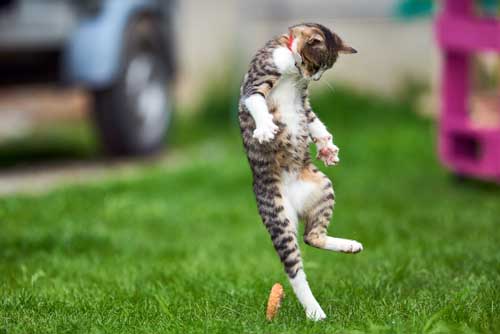Here’s what you need to know.
Your Cat’s Uti
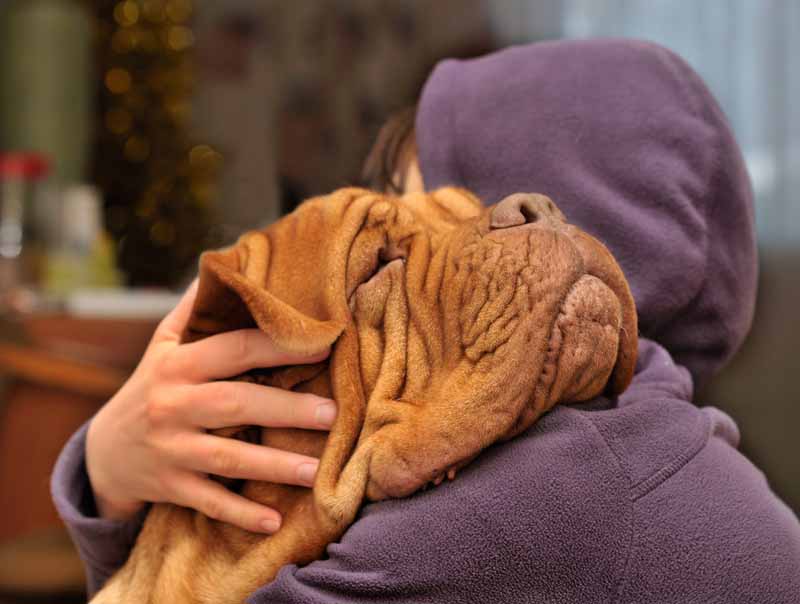
HELPing you and your cat.
online consults. proven supplements. You can solve this.
Call NaturalPet.Health Today
at (800) 405-7387
The basics
Your Cat’s UTI — The Basics
Your Cat’s UTI — Is your cat visiting the litter box more than normal, straining to urinate, or do you see a little blood mixed in with their urine?
These are all symptoms of Feline Lower Urinary Tract Disease, or FLUTD for short.
The first thing you should understand about these symptoms is that they can be an EMERGENCY for male cats. If you don’t think your male cat can pee, take them to the vet. Now!! More on that below.
The second thing you should know is that these symptoms are probably NOT caused by a UTI in your cat. Learn more below.
WANT A CHECKLIST ON THE HOLISTIC TREATMENT OF YOUR CAT’S BLADDER ISSUES? HERE YOU GO.
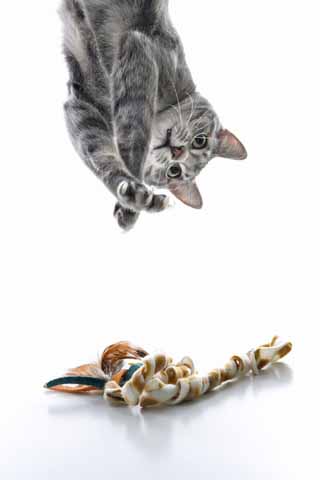
The difference between you and your cat.
Your Cat’s UTI– Or Not??
Your Cat’s UTI — when you think of straining to urinate, having to urinate more frequently, or passing blood in the urine, it’s a urinary tract infection… right?
Well, it probably would be in a human female.
In cats, however, these symptoms are rarely caused by a UTI — in fact, only 10-15% of the time are your cat’s bladder symptoms caused by a urinary tract infectionn.
The usual cause? STRESS. In fact, stress is the cause of your cat’s bladder inflammation almost half of the time. When cats are stressed, they are prone to developing sterile bladder inflammation which we call Feline Inflammatory Cystitis, or FIC for short.
Another common cause of bladder inflammation in cats is the presence of sharp little URINARY CRYSTALS, or baby bladder stones, in your cat’s urine. These float around in the filled bladder, and every time they bounce off the bladder wall they leave a microscopic little wound… which wold make anyone’s bladder hurt.
Every once in a while, your cat’s bladder irritation can be caused by bladder stones or more serious issues like kidney disease, diabetes, or bladder cancer.
Whether caused by STRESS or URINARY CRYSTALS or other health issues, the symptoms of sterile bladder inflammation are EXACTLY what you would expect from a cat with a UTI — straining, increased frequency, bloody urine.
How can you tell the difference?
Here’s the truth.
Your Cat’s UTI– How to Diagnose it. Properly.
The honest truth about your cat’s UTI is that it probably isn’t. A Urinary Tract Infection, we mean.
Instead, the symptoms you see of straining, increased frequency, and bloody urine are likely caused by sterile bladder inflammation… which is usually triggered by STRESS.
How do you know for sure? You test your cat’s urine.
At NaturalPet.Health, we offer a URINALYSIS KIT that you can use at home. It’s the same screening test your vet will use, and includes everything you need, from instructions to non-absorbant cat litter to help interpreting results. We call it the STAY AT HOME URINALYSIS KIT FOR CATS. This test will show you how much blood, protein, and inflammation are in your cat’s urine. It will tell you how acidic your cat’s urine is — more on that below– and also check for less common problems like diabetes and kidney disease. The earlier you catch these issues, the longer your cat will live!! It actually is that simple.
You can get the ultimate answer as to whether your cat’s UTI symptoms are actually a UTI by having your veterinarian do an AEROBIC BACTERIAL CULTURE/SENSITIVITY TEST on your cat’s urine. In this test, your veterinarian will poke a fine needle into your cat’s belly to withdraw a small amount of urine directly from your cat’s bladder. Why can’t your cat just “pee in a cup”? Excluding the obvious difficulty of making a cat do ANYTHING(!!), all of us boys and girls have bacteria in our penises or vaginas… and so once urine passes down the plumbing it almost always has bacteria in it. That’s not the question!! The question is whether there are bacteria actually IN your cat’s bladder… so we have to get the sample direct from the source.
Because of the effort and expense of a culture, some folks choose to defer this test and instead treat their cat’s bladder inflammation symptomatically. More on that below.
Want Our FREE E-Book On Holistic Pet Health?
If you are passionate about your pet's health and how to help them live longer, then you need our FREE E-Book with over 50 pages of knowledge and veterinary tips.
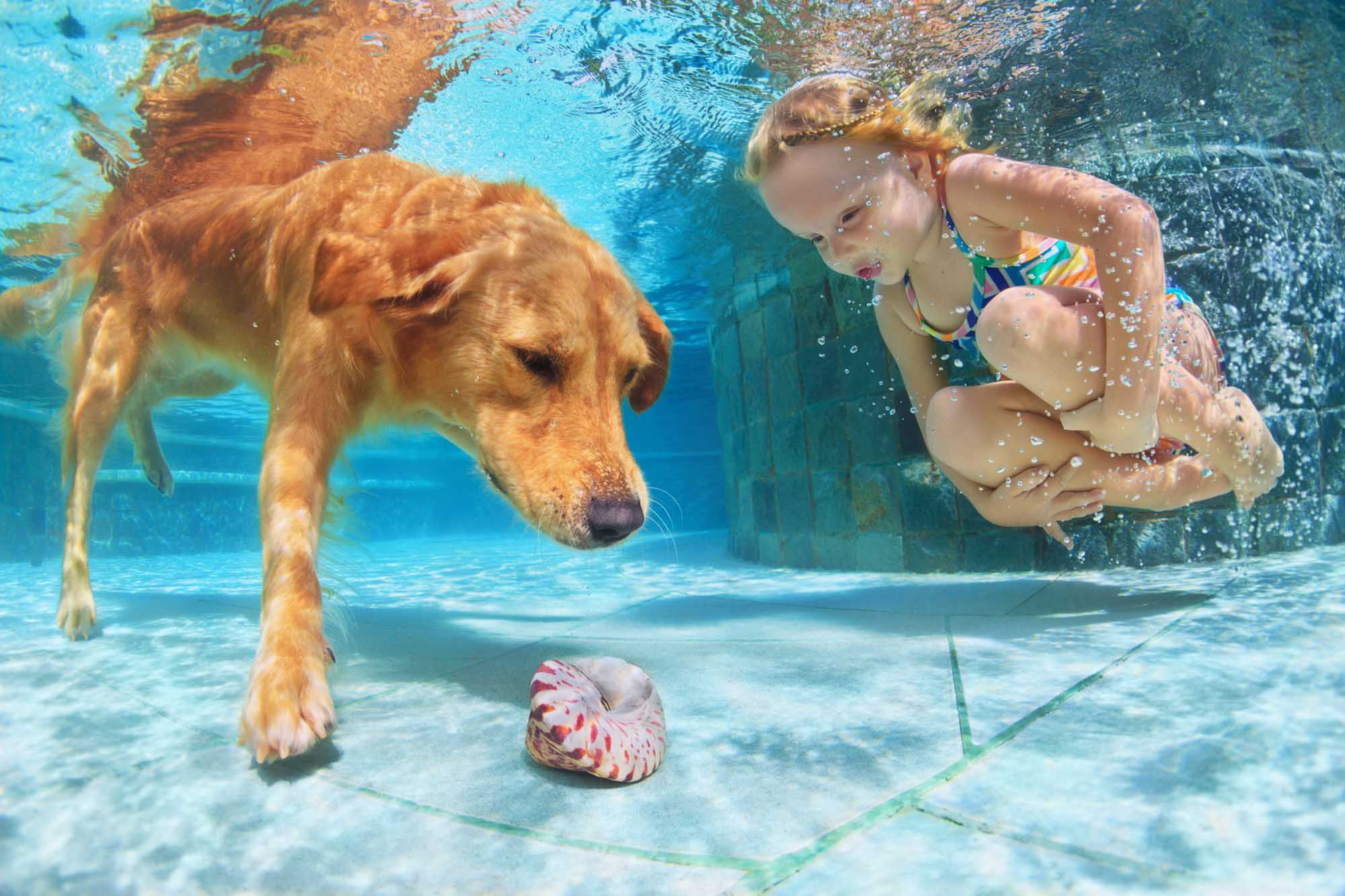

Sometimes it sucks to be a male.
Your Male Cat’s UTI — Urethral Obstructions
While cats of both sexes can develop UTI symptoms, a nuisance for females can sometimes become a life-threatening emergency for male cats with UTI symptoms?
Why? Because of the VERY SMALL diameter of the male cat’s urethra as it passes through the penis.
This small urethral diameter– narrower than a pencil lead — can spell disaster if yur male cat tries to pass a blood clot or a clump of bladder crystals, which could completely BLOCK the urethra and make it impossible for your male cat to urinate.
Not only is this excruciatingly painful– think back to the last time you really had to go but couldn’t — but THIS CAN KILL YOUR MALE CAT.
If your male cat is having difficulty urinating, TAKE THEM TO YOUR VET. RIGHT NOW.
The single most common cause.
Are Your Cat’s UTI Symptoms Caused by Stress?
The single most common cause of your cat’s UTI symptoms is not an infection. It’s STRESS.
How do we know whether a cat is stressed? Most times we don’t, until they show us by acting like they have a UTI.
What causes stress in cats? The most common stressor for cats is a change in their lifestyle — a new pet or baby in the family, an absence on your part, construction in the home or yard.
The typical treatments for stress in your cat are…
- Eliminate the underlying cause, if possible.
- Avoid boredom — more outside exposure, toys, etc.
- FELIWAY — a synthetic “calming pheromone” for cats, available as a spray, wipes, or wall plug ins.
- Prescription diets like Hill’s C/D, with tryptophan or other calming ingredients.
- Prescription drugs like Prozac or Amitryptaline
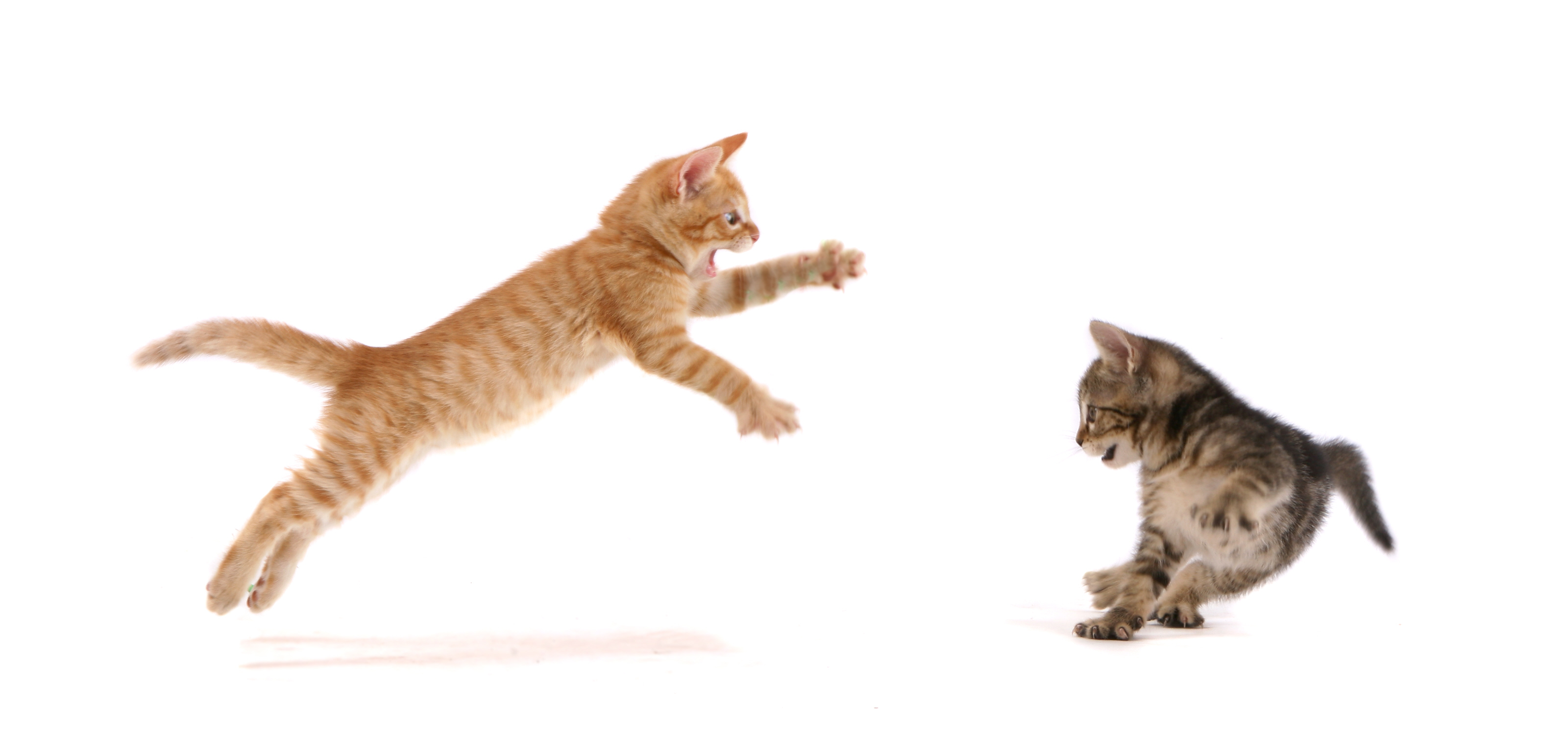
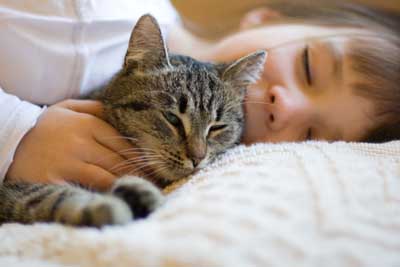
We Are What We Eat. Are Cats?
Are Your Cat’s UTI Symptoms Caused by Diet?
URINARY CRYSTALS are second only to STRESS as a cause of your cat’s UTI symptoms.
Cat urine should typically be fairly acidic, with a pH of 6-6.5. If your cat’s diet is promoting a more alkaline urine of pH 7-8, this has two negative consequences:
- high urine pH predisposes cats to urinary infections.
- high urine pH causes minerals in urine to precipitate out, forming urinary crystals which can be VERY irritating to the bladder.
The best diets for cats with UTI symptoms…
- help form acidic urine
- are low in CALCIUM, MAGNESIUM, and PHOSPHORUS — the typical building blocks of struvite crystals
- may contain “calming ingredients” like tryptophan or colostrum.
From a veterinarian’s perspective, ONE bout of UTI symptoms does not mandate a dietary change, but recurrent or chronic UTI symptoms do suggest a dietary change!!
your vet is your partner.
Treating Your Cat’s UTI Symptoms
Your cat’s UTI symptoms create pain for them and nuisance for you, so we should work to solve them as quickly as possible.
Here is the treatment protocol we suggest:
1) DIAGNOSTICS: Urinalysis and bladder ultrasound exam. If your cat is older than 7, bloodwork to check kidneys and for diabetes.
2) FLUID THERAPY: the more dilute your cat’s urine, the less irritating it will be. For healthy cats, we typically start with fluids given under the skin.
3) ANTIBIOTICS: Although infections are a less common CAUSE of UTI symptoms, they can be caused by the irritation of urinary crystals. Also, most cat parents want their cat to be treated with an antibiotic. We typically use the repository antibiotic injection Convenia, which is more expensive but has many fewer side effects than the old standby oral Clavamox.
4) PAIN RELIEF: Bladder inflammation HURTS, so we use oral pain relievers like Buprenex or gabapentin to be given at home.
5) THINGS YOU SHOULD DISCUSS WITH YOUR VET:
- Potential sources of stress in your cat’s life.
- Any recent dietary changes
- The need for a diet change
- The need for a urinary culture/sensitivity test.
Good luck!!
